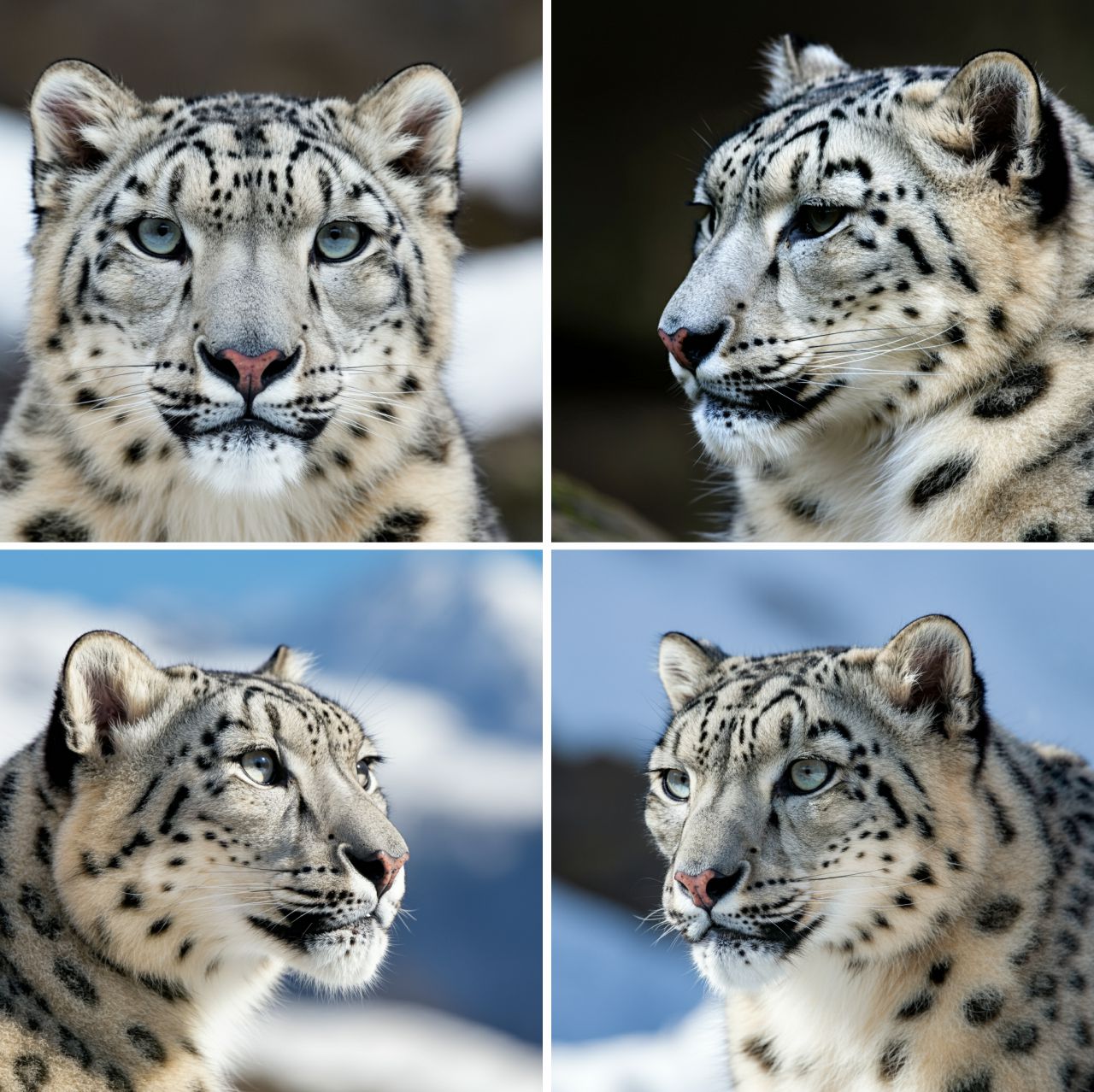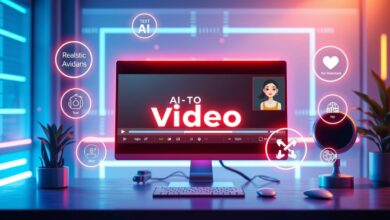Google Releases Powerful AI Image Generator You Can Use for Free
Discover Google's Imagen 3: The Ultimate AI Tool for Effortless Image Creation
In an age where visual content dominates the digital landscape, the demand for powerful and accessible tools to create images has skyrocketed. From social media posts to professional presentations, the ability to craft unique and visually appealing images is no longer a luxury—it’s a necessity.
Recognizing this trend, Google has stepped up its game with the release of Imagen 3, a cutting-edge AI image generator now available for free in the United States. This development is not just a win for creatives but a significant leap forward in the democratization of AI technology.
Imagen 3 was first introduced to the world during Google’s I/O keynote in May. However, it wasn’t until Google published a comprehensive research paper on the tool that it became widely accessible through the company’s AI Test Kitchen service. This move has opened up a new realm of possibilities for both amateur and professional content creators, providing them with a sophisticated tool that rivals some of the best in the industry.
At its core, Imagen 3 functions much like other AI image generators on the market. Users simply input a text prompt, and within approximately 30 seconds, a series of images materializes based on the provided description. Google proudly states that Imagen 3 “is preferred over other state-of-the-art models at the time of evaluation,” and early reviews seem to support this claim.
A Game-Changer in the World of AI Image Generation
What sets Imagen 3 apart from its competitors? In tests conducted by PetaPixel, the tool demonstrated a remarkable ability to produce high-quality images that rival those generated by popular platforms like Midjourney and OpenAI’s DALL-E. The fact that Imagen 3 is currently free to use gives it a significant edge over these alternatives, making advanced image generation technology more accessible to the masses.
Google has touted Imagen 3 as its “highest quality text-to-image model,” highlighting several key improvements over its predecessors. According to the company, the latest version is capable of generating images with greater detail, richer lighting, and fewer distracting artifacts than earlier models.
These enhancements are particularly evident in the model’s ability to interpret and accurately render complex prompts, a feature that is essential for users looking to create images with specific visual styles or intricate details.
For example, one of the test images generated by Imagen 3 features a close-up view of a snow leopard’s face. The image captures the animal’s intricate black markings against its light-colored fur, with its light green eyes staring intently at the viewer. The level of detail and the way the background is artfully blurred to emphasize the snow leopard’s face demonstrates the tool’s advanced capabilities.
Read Also: Google Pixel Tablet: Specs, Release, and Price Info

Another test image depicts a man with short curly hair smiling at the camera, dressed in a white shirt under a blue suit jacket. The blurred background, suggesting an outdoor urban environment, highlights the model’s proficiency in creating lifelike portraits that could easily be mistaken for real photographs.

A Step Forward in Understanding and Precision
One of the most notable improvements in Imagen 3 is its enhanced ability to understand and process prompts. Google has significantly upgraded the model’s capacity to interpret detailed descriptions, allowing it to generate a wide range of visual styles and accurately capture minute details from longer, more complex prompts.
This advancement is crucial for users who require high precision in their images, whether for creative projects, marketing materials, or educational purposes.
For instance, a serene black-and-white landscape photograph generated by Imagen 3 features a winding river flowing through a forested area, with a range of snow-capped mountains towering in the background against a partly cloudy sky. The image’s composition and attention to detail are indicative of the model’s sophisticated understanding of natural scenes and its ability to create visually striking images that resonate with viewers.
However, despite its many strengths, some aspects of Imagen 3’s development remain shrouded in mystery. Google has been relatively tight-lipped about the specific data used to train the model. The research paper accompanying the tool’s release mentions that Imagen 3 was trained on a “large dataset comprising images, text, and associated annotations,” but provides little detail beyond that.
This lack of transparency has led to speculation that the dataset may include a significant number of copyrighted images, a common concern in the AI community.
Beyond Image Generation: The Power of Inpainting
In addition to generating images from scratch, Imagen 3 also offers users the ability to edit existing images using a technique known as inpainting. This method, which has become increasingly popular in the realm of AI image editing, allows users to select a portion of an image and modify it according to a new prompt.
For example, if a user wants to change the color of a subject’s clothing or add a new element to a landscape, they can do so with just a few keystrokes.
The inpainting feature significantly enhances Imagen 3’s versatility, making it a valuable tool not just for creating new images, but also for refining and improving existing ones. This capability opens up new possibilities for designers, marketers, and content creators who need to make quick adjustments to images without starting from scratch.
However, it’s important to note that Imagen 3, like many AI tools, comes with certain restrictions. Google has implemented safeguards to prevent the generation of controversial or potentially harmful images. For example, when PetaPixel attempted to generate an image of “Kamala Harris and Donald Trump holding hands,” the request was denied. Similarly, attempts to create images in the style of famous artists or copyrighted works were met with resistance.
Yet, as with most technologies, users have found ways to work around these limitations. By tweaking their prompts, they can often achieve results that closely resemble the desired outcome without triggering the model’s restrictions. For instance, by asking Imagen 3 to “Make a dramatic black and white photo taken in 1942 of the Grand Teton National Park in Wyoming,” users can produce an image reminiscent of Ansel Adams’ iconic photography.
The Verge demonstrated a similar workaround by requesting “an image of a cartoonish blue hedgehog running in a field.” The resulting image bore a striking resemblance to Sonic the Hedgehog, illustrating how users can creatively bypass copyright restrictions without directly violating them.
Challenges and Controversies
While Imagen 3 has been largely well-received, it hasn’t been without controversy. Earlier this year, Google faced backlash after its AI image generator on Gemini was accused of overcorrecting for biases, leading to the erasure of white people from certain generated images. This incident sparked a broader conversation about the ethical implications of AI in image generation, particularly concerning representation and bias.
In response to the outcry, Google removed the image generator from Gemini, demonstrating the company’s willingness to take responsibility for the technology it develops. The controversy surrounding Gemini underscores the importance of ongoing vigilance and ethical considerations in the development of AI tools like Imagen 3.
As these technologies become more advanced and widely used, the potential for unintended consequences grows, making it essential for companies to prioritize transparency, fairness, and accountability.
How to Access Imagen 3
For those interested in exploring the capabilities of Imagen 3, accessing the tool is relatively straightforward. Users in the United States can try out the image generator by visiting the DeepMind website and navigating to the AI Test Kitchen service. Here, they can experiment with different prompts, test the inpainting feature, and experience firsthand the power of Google’s latest AI innovation.
Final Thoughts
In conclusion, Google’s release of Imagen 3 marks a significant milestone in the evolution of AI-powered image generation. By offering a free, high-quality tool that rivals some of the best models on the market, Google is not only advancing the field of AI but also making it more accessible to a broader audience.
As the technology continues to develop, we can expect to see even more impressive capabilities from Imagen 3 and similar tools, further blurring the lines between human creativity and machine learning.
Whether you’re a professional designer, a casual content creator, or simply curious about the latest advancements in AI, Imagen 3 is a tool worth exploring. Its combination of power, precision, and accessibility makes it a valuable addition to the growing arsenal of digital tools available to today’s creatives. So why wait? Dive into the world of AI-generated images and see what you can create with Google’s Imagen 3.









